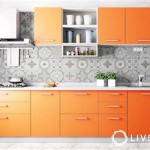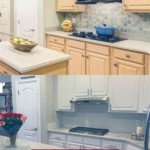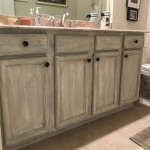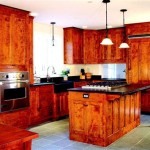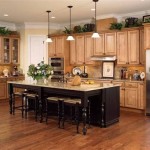Inside Kitchen Cabinet Lights: A Guide to Essential Aspects
Inside kitchen cabinet lights are an essential element in creating a functional and aesthetically pleasing kitchen. They provide illumination for easy access to utensils, cookware, and ingredients, enhancing convenience and safety. Understanding the key aspects of these lights is crucial for making informed decisions that meet your specific needs.
Types of Inside Kitchen Cabinet Lights
Two main types of inside kitchen cabinet lights are available:
- Puck Lights: Compact, low-profile lights that mount directly to surfaces, providing focused illumination.
- Strip Lights: Thin, flexible strips with multiple LEDs, offering diffused and even lighting over a larger area.
Light Color and Temperature
The color temperature of cabinet lights significantly impacts the atmosphere they create. Warm white (2700-3000K) emits a cozy, inviting glow, while cool white (4000-5000K) provides a brighter, more modern feel. Daylight (5500-6500K) simulates natural sunlight, enhancing visibility.
Power and Brightness
Power and brightness are essential considerations for determining the illumination level. Puck lights typically range from 0.5 to 3 watts, while strip lights offer higher wattages of 12-24 watts per foot. The size of the cabinet and desired brightness will guide your choice.
Installation and Placement
Most inside kitchen cabinet lights are easy to install and can be mounted using screws or adhesive. The ideal placement depends on the type of cabinet and the desired effect. For optimal illumination, place lights near the front edge of the cabinets, facing inward. Consider using multiple lights or strip lights for larger cabinets.
Sensors and Switches
Sensors provide convenience by automatically turning on the lights when the cabinet door is opened. Touch switches or remote controls offer manual control over the lighting. Motion sensors are a great option for hands-free operation, especially in low-light situations.
Additional Considerations
Dimmability: Dimmable lights allow you to adjust the brightness, creating different levels of illumination. Battery vs. Hardwired: Battery-powered lights are easy to install but require regular battery changes, while hardwired lights provide a more permanent solution. Energy Efficiency: LED lights are highly energy-efficient, reducing electricity consumption and saving you money.
Conclusion
Inside kitchen cabinet lights are essential for creating a well-lit and functional kitchen. By considering the type of lights, light color, power, installation, sensors, and additional features, you can select the perfect illumination solution that meets your specific needs. With proper planning and installation, inside kitchen cabinet lights will enhance your cooking experience, safety, and kitchen aesthetics.

Inside Glass Cabinet Lighting How To Installing

Inside Cabinet Lighting Minimalistisch Küche Houston Von Gb General Contractors Houzz

Glass Cabinet Lighting Using Led Strip Lights Ecolocity

Powerful Integrated Cabinet Leds Plain Fancy Cabinetry

Integrated Interior Cabinet Lighting

Lighting 101 Best Cabinet Options Tresco

Cabinet Lighting Spillers Kitchens

How To Light A Kitchen Lightology

Inside Cabinet Lighting Minimalistisch Küche Houston Von Gb General Contractors Houzz

How Important Is Kitchen Cabinet Lighting
Related Posts

